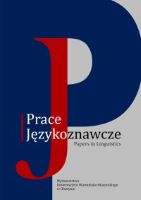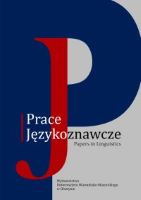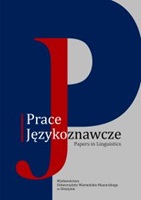Author(s): Elwira Kaczyńska / Language(s): Polish
Issue: 2/2023
The article discusses two collective nouns (nomina collectiva) from the domain of agricultural terminology (Greek Doric κόρθῡς f. coll. ‘handfuls of harvested grain, swaths’; Polish dial. króda ‘a pile of sheaves in the field’) whose common Indo-European origin is indicated. The probable derivational basis of the Greek collective noun was the Doric appellative *κορθός m. ‘something truncated’, preserved in the Laconian dialect of Ancient Greek, cf. the Hesychian gloss κορσόν∙κορμόν (“korsón: log”). The Polish dialectal word króda derives from the Proto-Slavic archetype *korda (f. coll.), for which the following meanings can be reconstructed: ‘a pile of sheaves in the field’, secondarily ‘any pile (especially a pile of branches)’ and ‘a pile of firewood’. Hence, via singularization, the following secondary meanings arose: ‘firebrand, fire, hearth’ and ‘altar’. It is shown that the Greek-Slavic collective nouns are cognate formations from the point of view of Indo-European word-formation and etymology. They should be analyzed as belonging to the Proto-Indo-European verbal root *ker- ‘to cut (off), shave’, cf. Greek κείρω ‘to cut (off), shave (of hair); to mow off, cut down, ravage’, Armenian k‘erem ‘to scratch, shave’, Lithuanian kertù, kirsti ‘to chop, cut, mow, reap with a scythe’, Proto-Slavic *čerti ‘to incise, separate, split bark from trees’, also *čersti (< *kert-ti) ‘to cut, incise, cut out‘. Thus, the collective nouns under scrutiny go back to two related historical forms: PIE. *kor-dh-uh2- : *kor-dh-eh2- (f. coll.).
More...




